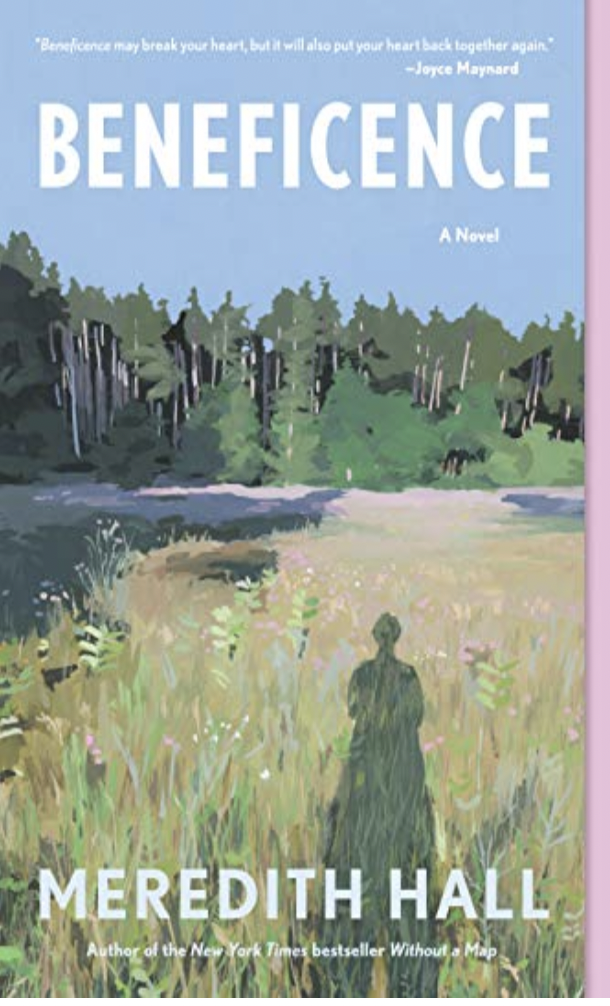
Recent Reviews


Jane Austen’s Bookshelf by Rebecca Romney
Rare book collector Rebecca Romney’s book is a literary adventure. Written in a warm and welcoming tone, the book is filled with fascinating information. A devoted Austen fan since she was young, Romney had never paused to consider Austen’s literary influences. She simply loved Austen’s six novels and concurred with scholars and lay people that Austen was “one of the greatest writers from the early 19th century.”
One day, she was invited to peruse the collection of a fellow rare book dealer. Among the items she bought was the novel Evelina by Frances Burney, one of the most successful novelists of Austen’s lifetime. Romney then read Burney’s second novel, Cecilia, published in 1782. It was in this second novel that Romney first read the words “pride and prejudice.” Romney curiosity was piqued. She thought – of course -Austen must have been inspired by the authors she was reading. She didn’t write in a bubble. Like an investigator, Romney starts to discover the women writers who influenced Austen’s writing and determine why their books have disappeared from our bookshelves.
Using her rare book dealer skills, Romney follows the clues that Jane Austen left in her novels. (i.e. In Northanger Abbey, Austen refers to the novels of three women authors.) She also reads correspondence between Austen and her family members, where Austen shares her opinion of the books she reads. One woman author leads Romney to the next. By the end of her search, Romney had discovered, acquired, and read books by eight published women writers. She finds their novels interesting, clever and witty. In doing so, Romney recreates a version of Austen’s bookshelf. She discusses their lives, their struggles and their publications. The eight women are Frances Burney, Ann Radcliffe, Charlotte Lennox, Hannah More, Charlotte Smith, Elizabeth Inchbald, Hester Lynch Thrale Piozzi, and Maria Edgeworth.
Romney’s book doesn’t diminish Austen’s preeminence as a writer. Rather, Romney’s meticulous research and insightful analysis offer a fresh perspective on Austen’s work, making Romney’s book a valuable addition to the literary discourse. She also provides a better understanding of the many reasons that these financial and literary successful novels have disappeared. Not surprising, sexism and paternalism play a persistent role.
No one description can capture the content of this book. But if you like history and literature, and especially if you are a Jane Austen fan, you will enjoy this book. 4/5

Mothers and Sons by Adam Haslett
Adam Haslett’s new novel Mothers and Sons is both powerful and challenging. Powerful because he writes beautifully and astutely about family dynamics, the complexity of people’s interior lives and how secrets can grow like ulcers.
Peter Fisher is a 40-year-old work-acholic lawyer in New York City who helps immigrants apply for asylum. In fact, his job requires that he probe the most painful parts of his clients’ lives to prove that his client’s lives would be in danger if they returned to their country of birth. Immersed in this role, he isolates himself from friends and family. He rarely visits his mother Ann who leads a women’s retreat center in rural Vermont. Ann and Peter have been estranged for two decades since Peter was involved in a tragedy when he was in his teens. They buried the secret of what happened beneath the overwhelming demands of their jobs. Both Ann and Peter listen to people’s stories, empathize and assist. Yet, when one of Peter’s asylum-seeking client’s story echoes his own, Peter’s begins to understand that he had unconsciously altered the trajectory of his life. He reaches out to his mother. Only by discussing their shared secret are Peter and Ann finally able to escape the lingering anxiety that haunted them.
Mothers and Sons may not be a good fit for every reader but Haslett’s novel illustrates his deep appreciation for the healing power of hearing other people’s stories and reflecting on the stories we tell ourselves. 3.5/5
